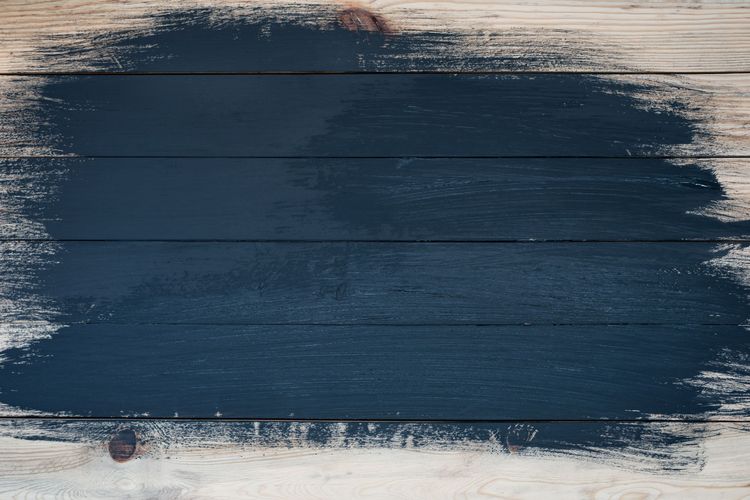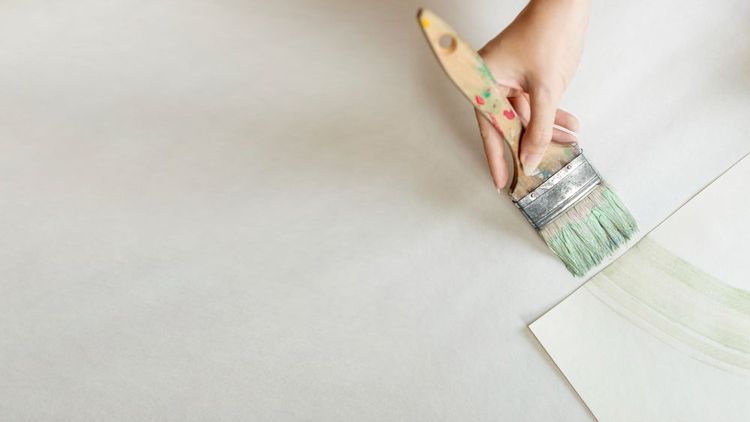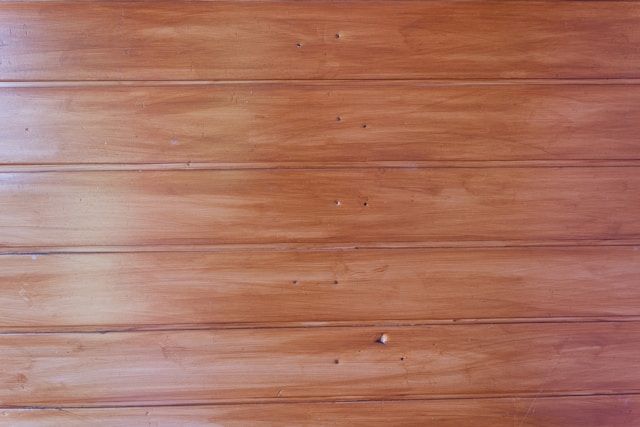Cure Time and Dry Time: Understanding the Difference and Why It Matters for Your Flooring
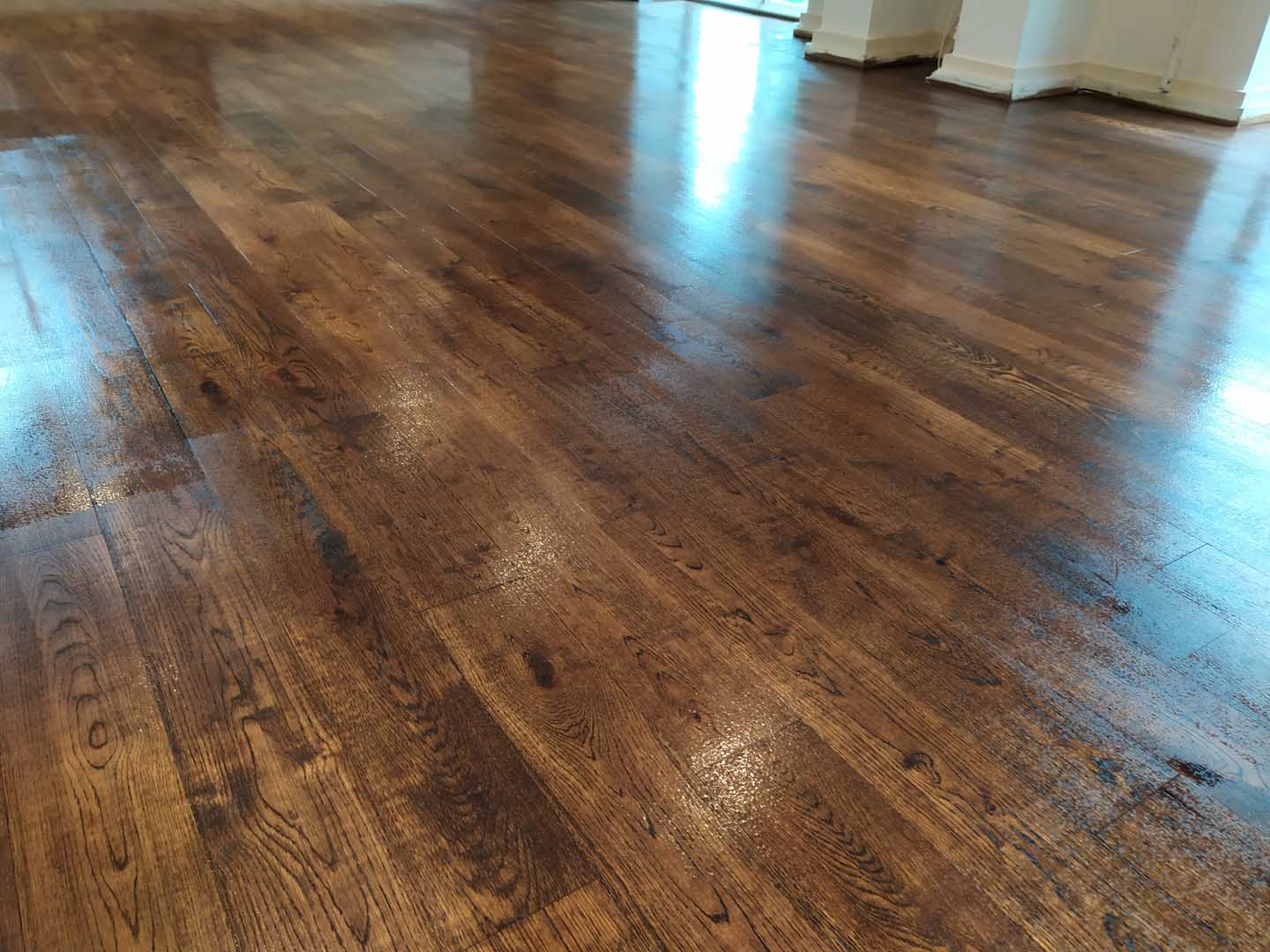
After applying a final finish to flooring, homeowners often face confusion: the floor may feel dry to the touch, yet lingering odours remain, or the surface appears ready but experts advise waiting before rearranging furniture. To avoid mistakes that could damage the finish, it is essential to grasp the distinction between two key concepts: Cure Time (full curing period) and Dry Time (drying period).
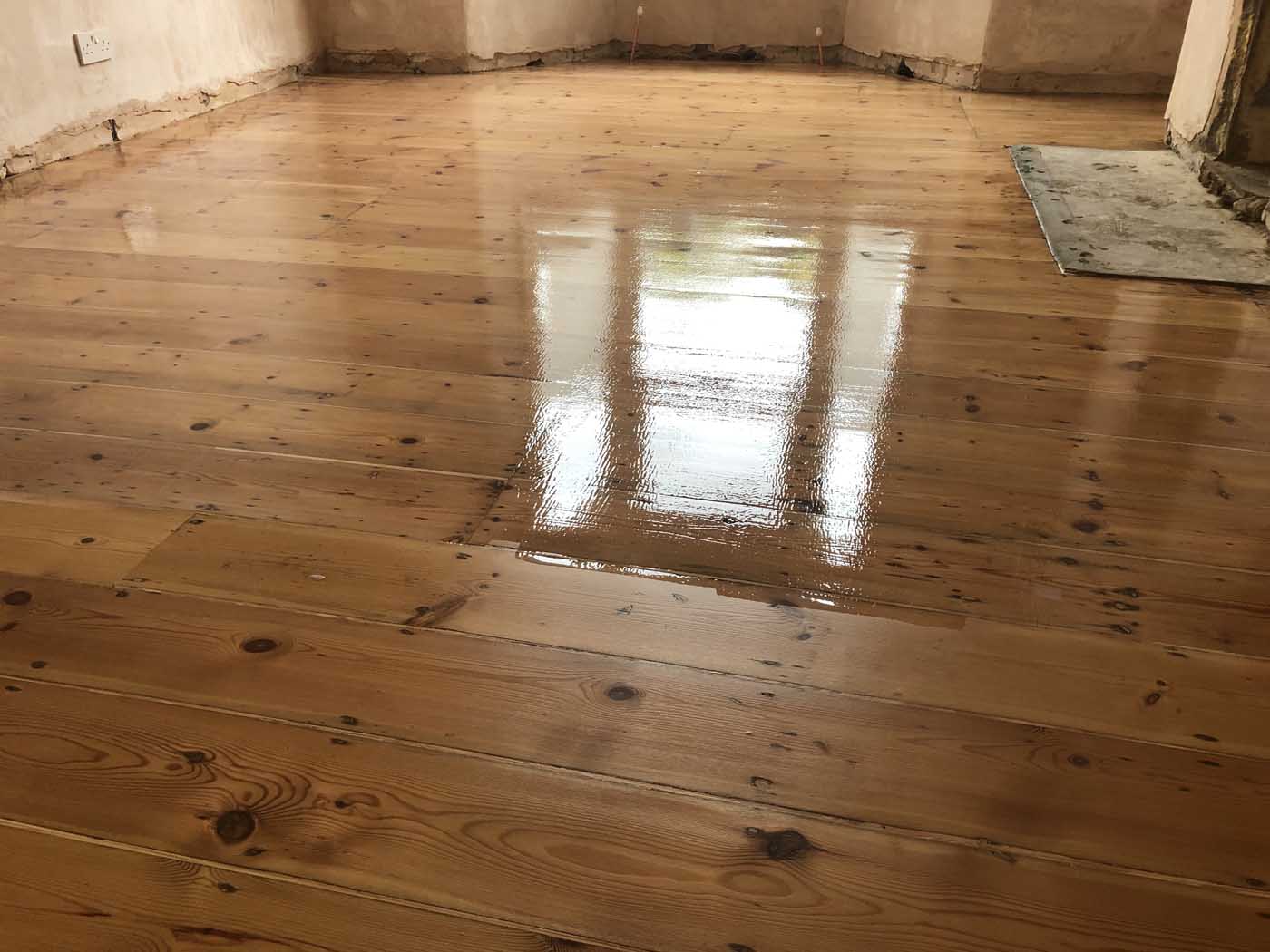
Dry Doesn’t Mean Ready: What Is Dry Time?
Dry Time refers to the period during which the finish loses its tackiness and becomes stable enough for cautious movement. For instance, water-based varnishes typically reach this stage 24 hours after the final coat is applied. However, even when dry, the finish remains vulnerable. During this phase, it is safe to walk on the floor in socks or soft shoes, but contact with abrasive materials—such as dirt or sand—should be avoided, as these can scratch the surface.
At this stage, furniture may be carefully repositioned, but only with new felt pads attached to legs. Old pads often harbour dust and debris from prior use, which increases the risk of damaging the fresh finish. Heavy items and rugs should also be temporarily excluded, as their weight or pressure could compromise the still-softening layers. Вот таблица в формате Markdown для Average Dry Time:
| Finish Type | Average Dry Time |
|---|---|
| Water Based Finisher | 4 to 8 hours |
| Hardwax Oils | 4 to 24 hours |
| Oil Modified Polyurethane | 12 to 24 hours |
Cure Time: When the Floor Gains Full Strength
Unlike Dry Time, Cure Time is the process of full polymerisation, during which the finish achieves maximum durability and stops emitting chemical vapours. This period varies depending on the product. For example, commercial-grade water-based coatings like Pall-X Gold fully cure within three days, while natural oils such as Pallmann Magic Oil harden in just 24 hours. Standard varnishes may require up to five to seven days.
Cure Time determines when the floor is ready for everyday use. Premature actions—such as laying rugs before this stage—can deform the finish. Trapped solvents under rugs may slow evaporation, leading to stains or "sealed-in" odours. Furniture with castors also poses a risk: even minor movements in the early days can leave marks on the still-soft surface.
| Finish Type | Average Cure Time |
|---|---|
| Hardwax Oils | 1 to 7 days |
| Water Based Finishes | 7 to 14 days |
| Oil Modified Polyurethane | 30 days |
Factors Affecting the Longevity of Your Finish
Beyond adhering to timeframes, the durability of a floor finish depends on technical nuances in preparation and application. The quality of sanding is critical—minor imperfections reduce adhesion, causing the finish to wear faster. Equally important is the correct application rate. Most varnish manufacturers recommend using approximately 250 millilitres per square metre. Exceeding this creates overly thick layers that dry slowly, while insufficient amounts result in patchy coverage.
Oil-based finishes, despite requiring less product, demand meticulous application. They are worked into the surface in thin layers to ensure deep penetration and a natural appearance. Yet even here, the golden rule remains: the closer you follow the manufacturer’s guidelines, the longer your floor will last.
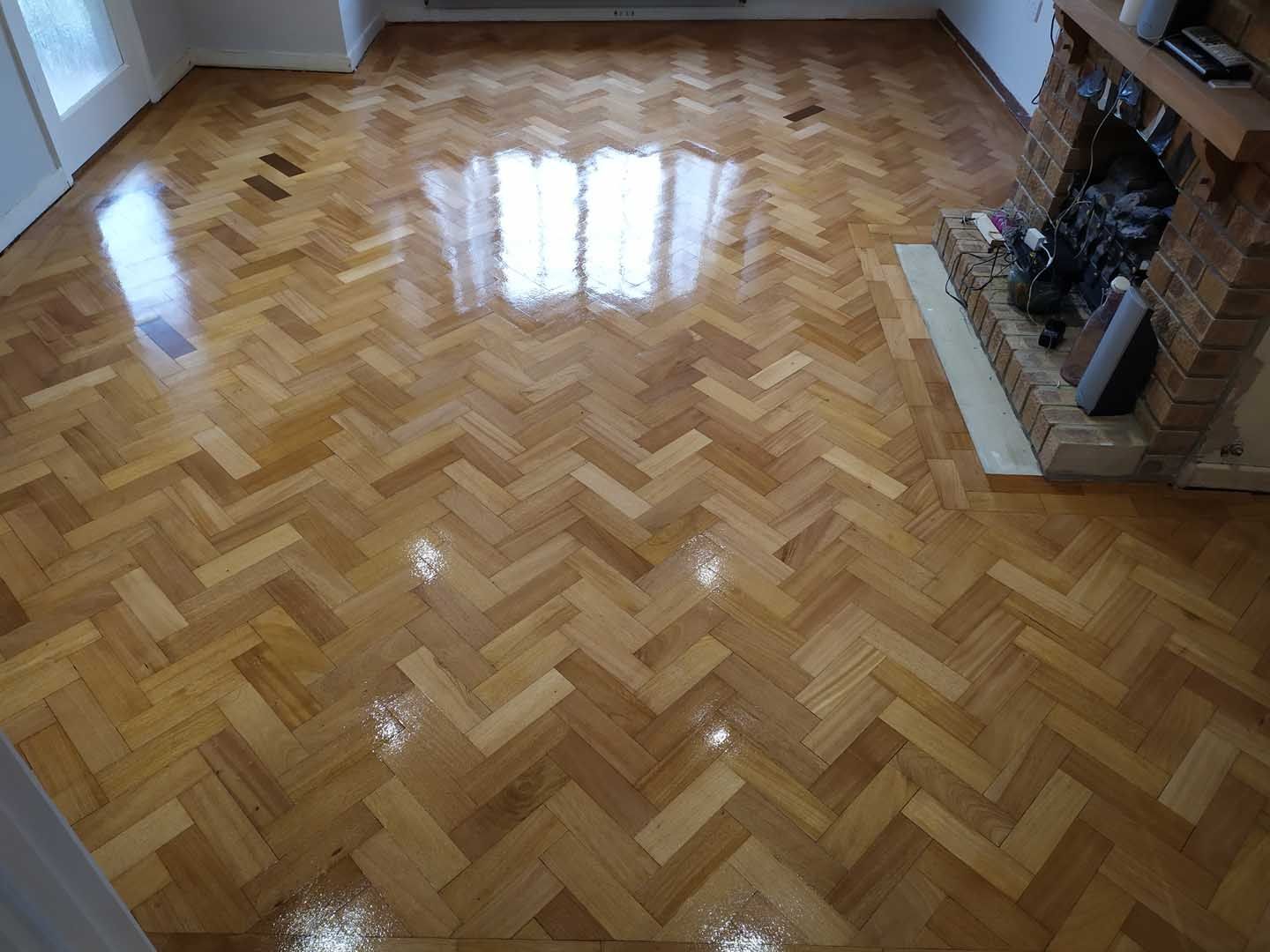
Practical Tips for a Flawless Outcome
To preserve a freshly finished floor, follow a phased approach. Avoid all contact during the first 24 hours after the final coat. After this, furniture may be cautiously repositioned with protective pads, but haste should be avoided—every action must be deliberate. Rugs and heavy items should wait at least three to seven days, depending on the finish type.
For time-conscious homeowners, modern solutions exist. Fast-curing oils like Pallmann Magic Oil minimise waiting periods: floors become fully resilient within 24 hours. However, even with these products, gentle care during the initial weeks significantly extends the life of your flooring.
Final Note: Cure Time and Dry Time are not interchangeable terms but stages of a single process. Respecting these timelines and guidelines not only safeguards your floor from damage but also ensures its aesthetic appeal endures for years.

